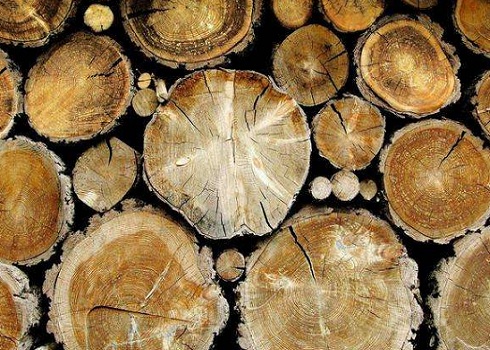SunSirs: The Price of Wood Pulp Increased and Decreased in October, with Short-term High Level Consolidation
November 01 2023 15:00:59 SunSirs (Selena)
According to the monitoring of the Commodity Market Analysis System of SunSirs, the prices of coniferous wood pulp and hardwood wood pulp showed a mixed trend in October. On October 31st, the average market price of coniferous wood pulp in the Shandong region was 6,090 RMB/ton, a decrease of 0.98% compared to the average price of 6,150 RMB/ton on October 1st. On October 31st, the average market price of hardwood pulp in the Shandong region was 5,400 RMB/ton, an increase of 1.31% compared to the average price of 5,330 RMB/ton on October 1st.
By observing market changes, it can be seen that the spot prices of coniferous wood pulp and hardwood wood pulp rose strongly in early October. In terms of supply, the tight supply of hardwood pulp continues, while coniferous wood pulp is relatively stable. However, the overall spot market for pulp is tight, with high prices rising. In addition, the increase in external pulp prices in October supported the domestic wood pulp market prices.
In late October, the spot prices of coniferous wood pulp and hardwood pulp stopped rising and fell, and the global supply of wood pulp gradually stabilized. Against the backdrop of easing supply tension, pulp prices have risen to a high range. Later, with the high global pulp production days and the accumulation of domestic port inventory, the inventory of mainstream pulp port samples increased, while traders' shipments slowed down, making it difficult for the price of wood pulp to rise. In addition, the significant decline in pulp futures prices has driven down the spot price of wood pulp.
In terms of demand, downstream paper mills showed strong willingness to raise prices in early October and continued to issue price increase notices, resulting in a continuous rebound in finished paper prices. October December is the traditional peak season for the paper industry, and the industry will increase production orders. There is a positive expectation of demand, supporting the trend of pulp prices. Due to the low inventory level of the paper mill after the holiday, there will be an increase in downstream restocking willingness.
In late October, the prices of downstream cultural paper and white cardboard continued to rise, which was positive for the wood pulp market mentality and temporarily strengthened the prices. With the cost pressure of raw paper enterprises, some regions have experienced a decline in production, and the market's demand for wood pulp has begun to weaken. As a result, the price of wood pulp has started to decline, maintaining small orders for just needed transactions.
In terms of futures, on October 31st, the opening price of the SP2401 contract for pulp futures on the Shanghai Futures Exchange was 5,980 RMB/ton, with a maximum price of 6,040 RMB/ton, a daily increase of 1.21%. The transaction volume was 557,700, and the position was 256,390.
SunSirs Wood Pulp Analysts believe that the current external quotation for wood pulp continues to be strong, and the market supply situation is relatively stable. However, the accumulation of inventory in downstream paper mills has led to a decrease in the willingness of paper mills to stock, and the marginal demand has weakened. Therefore, demand has become the main driving factor for price fluctuations, and it is expected that the short-term spot price of wood pulp will maintain high consolidation.
If you have any questions, please feel free to contact SunSirs with support@sunsirs.com.
- 2025-08-12 SunSirs: China Wood Pulp Prices Stop Rising and Fall, Short-term Narrow Range Adjustment
- 2025-08-05 SunSirs: July Wood Pulp: Loose Supply Triggers Price Fluctuations
- 2025-07-21 SunSirs: China Wood Pulp Prices Continue to Fluctuate, with Short-term Fluctuations
- 2025-07-11 SunSirs: China Wood Pulp Prices will Fluctuate in the short term
- 2025-07-07 SunSirs: China Wood Pulp Prices slightly Decline, Short-term Narrow Range Oscillation



